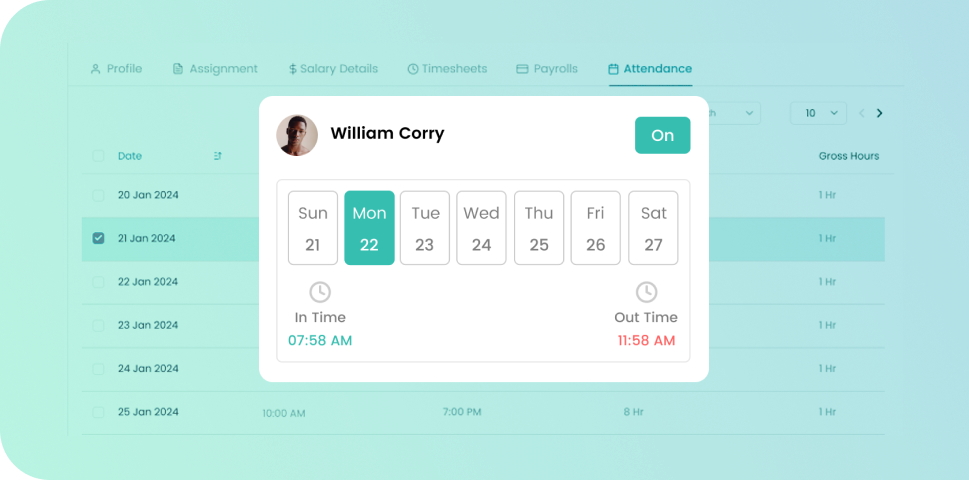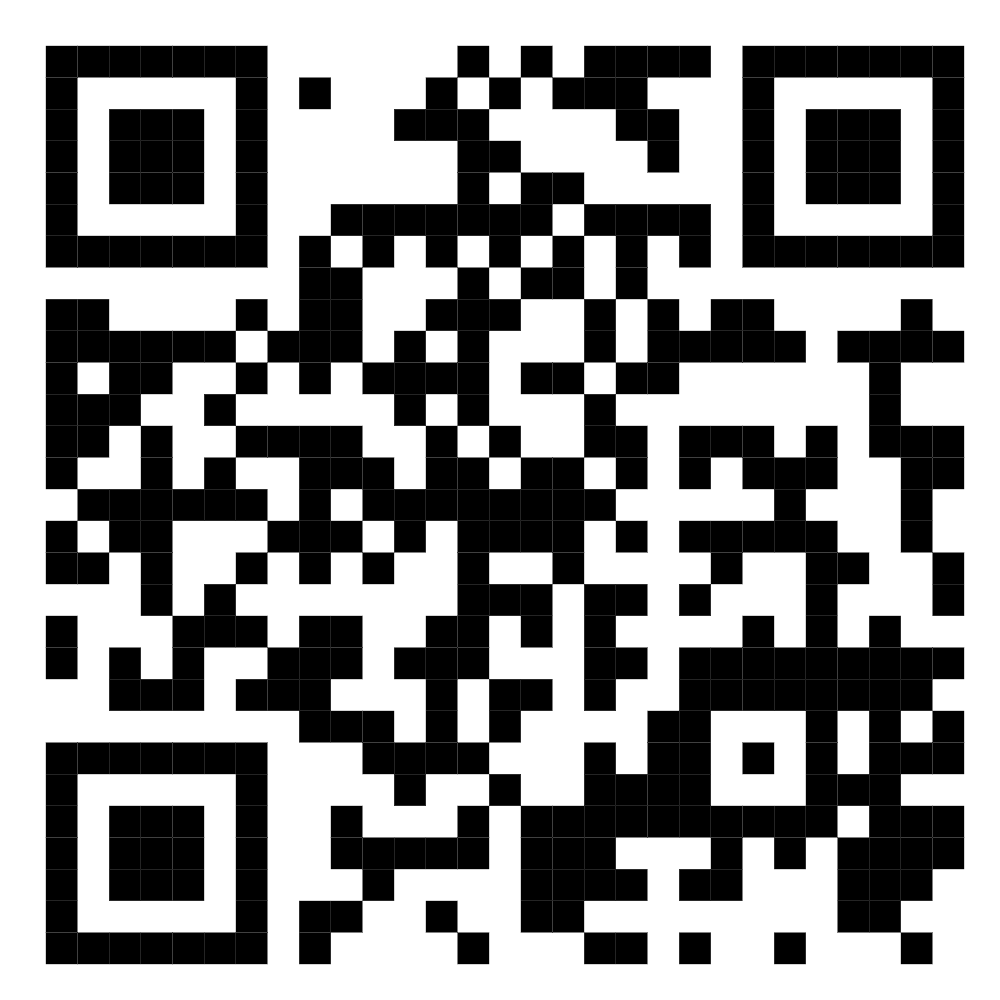Attendance Management System for the Manufacturing Industry

The Indian manufacturing sector is a crucial driver of the country’s economic growth, encompassing diverse industries from automobiles to textiles. Over the last few years the manufacturing industry has experienced rapid changes in product supply and customers’ demands, often as a result of seasonal changes, special promotions or new product launches and changes in the economy.
However, managing employee attendance and leave in this dynamic environment can pose significant challenges. Manual attendance tracking is time-consuming, laborious, and error-prone, ultimately clogging the smooth flow of the payroll process. Under such compulsive circumstances, organisations must use modern attendance management solutions. These contemporary systems save time and energy and minimise cost, enabling HR personnel and managers to use their energies and time on the strategic task of talent acquisition, nurturing, and management.
To remain productive and profitable, organisations in manufacturing must effectively respond to these fluctuations by ensuring that their workforce matches the supply and demand situation. By achieving this balance, they can avoid problems related to overstaffing or understaffing such as increased labour costs, decreased productivity or poor product quality. Fortunately, automation through modern attendance and leave management systems can help manufacturing companies streamline these critical HR processes.
What is Attendance?
Attendance is proof of an employee in an organisation that he or she is present at the place of work according to the company’s policies. Or in remote work they might use software to monitor that. The opposite of attendance is absence from work.
But it is not as simple as it seems. In most of the companies, an employee has to be present within a specific period for a certain number of hours to be considered as being present.
For example, if an employee comes to work at 1:00 PM and leaves after just one hour of work, it does not count. The employee needs to be present from the start till the end of the shift. Many companies use half day for their employees so, if an employee has an emergency to go somewhere for a few hours and then come to work then that day will be called half day. But this is not for every day unless it’s a part time job.
However, for teams that are not customer-facing or work is not time-dependent, attendance could mean putting in 8 hours of work per day. It could be 9 to 5 one day and 6 to 2 on another day.
Key Benefits of Automated Attendance and Leave Management
Key Features of Automated Attendance and Leave Management Systems
Need for Attendance Management
Tracking an employee’s attendance is essential to your company’s profitability, reliability, and reputation. There are seven broad reasons why attendance management is required:
Productivity
Time spent doing work is a crucial input variable of production involving human workers. So, more time at work means higher productivity.
Smooth Running Of Operations
It’s not just the personal productivity of one employee at stake but the productivity of the team and the overall organisation. The absence of a team member leads to coordination issues, delays, higher work-in-progress (WIP), or inventory. But when this happens multiple times with different people, the impact of absence multiples instead of just adding up.
Discipline
A lack of discipline in the organisation leads to unpredictability, delays, and variability of both quality and the delivery schedule. Indiscipline is also infectious. It influences other employees also to adopt the bad habit and thus compound the issue.
When conscientious employees notice that indiscipline is tolerated and ignored, at first, they are frustrated and resentful. Eventually, they may leave the organisation searching for a better workplace while the employer brand suffers a big blow.
From a lean management angle, time discipline helps in reducing variability and delays.
Overtime
Many organisations like hospitals, retail, and factories operate multiple shifts. Even so, high production demand may require people to work overtime beyond regular working hours or on weekends or holidays.
A proper time tracking system and accounting practice are essential both from a cost-efficiency perspective and higher employee satisfaction. A lack of a sound system will lead to disputes, higher employee expenses, and lots of stress for the administrators.
Time Theft
The original reason time clocks were introduced in the industrial era was to ensure people got paid only when they were at work. Without accurate timekeeping, some people may misuse the system and indulge in time theft through late arrival, early out, too many coffee breaks, etc.
The only solution to time theft is to have a fool-proof system for tracking attendance and enforcing policy consistently and diligently. With an overtime policy, some employees tend to push work that could have been done in regular time to overtime hours. This is just another type of time theft. Once again, good record-keeping and tracking can go a long way in curbing misbehaviour.
Accurate Payroll Inputs
Attendance inputs are crucial to accurately calculate the salaries of employees. Salaries are paid for the days worked and this information is ascertained from attendance data. In addition to this, attendance data is also used to calculate Shift Allowances, Attendance Bonus and Overtime payments.
Compliance
Attendance data is needed for various compliance reports also. These reports are in the areas of hours worked for a day and week, Shifts worked on, Overtime hours worked and information on days present and days when an employee is on Leave or is absent. In India, these reports are to be generated under various Acts like the Factories Act, Shops & Establishment Acts, etc.
What Types of Industries Need Attendance Management?
Most industries in the manufacturing sector and the service sector work during fixed business hours. Factories, service centres, assembly plants, retail shops, schools, hospitals, software companies(IT), financial institutions, etc., all need to have a sound attendance management system.
Organisations that operate on multiple shifts need to ensure employees are present during shift timings for seamless work processing. Many industries require extended hours of work from their employees either during the workday or during weekends. To comply with the laws and to accurately pay overtime, time tracking is essential.
The way manufacturing industries are growing, industries must implement an attendance management system like Truetym in their business to manage attendance that offers numerous advantages. These include cost-effectiveness, precise payroll management, advanced data analytics, adaptability, and real-time tracking.
Streamline your attendance management system effortlessly with various software solutions for tracking precise, hassle-free employee attendance. Investing in the best attendance system solution can produce significant returns by optimising workforce management and contributing to overall organisational success.



